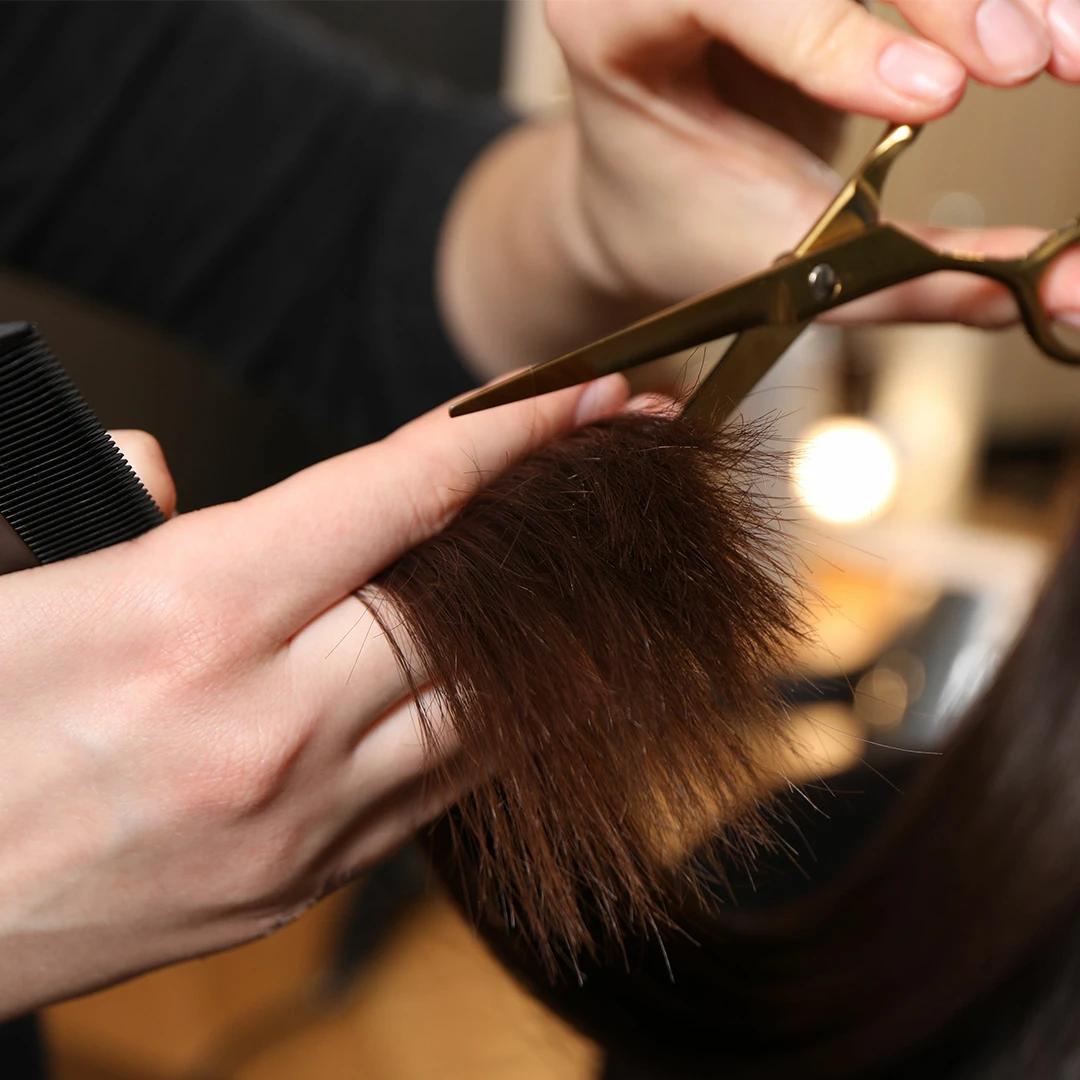uses thinning shears and razors to remove bulk from thick, heavy hair without sacrificing style. This method creates internal layers that reduce weight whilst maintaining the overall shape.
For thick hair, this technique is absolutely transformative. It makes styling easier, reduces drying time, and prevents that triangle-shaped silhouette that thick hair can create when cut bluntly.
Styling and Maintaining Layer Cuts
Getting the cut is just the beginning – knowing how to style and maintain your layers is what keeps them looking fresh between salon visits. The right tools and products can make all the difference in how your layers perform day-to-day.
Essential Styling Tools for Layered Hair
Round brushes in various sizes are crucial for styling layered cuts. Smaller brushes create more curl and volume, whilst larger ones smooth and add gentle movement. A good blow dryer with multiple heat settings is equally important.
Diffusers work brilliantly for naturally textured hair with layers, whilst flat irons can help define individual layers when you want a sleeker look. The key is having the right tool for the specific effect you're after.
Product Recommendations for Various Layer Cut Styles
Texturising sprays are perfect for enhancing choppy or shaggy layers, whilst volumising mousses work wonders on graduated cuts. Heat protection is non-negotiable regardless of your layer type.
For maintaining shine and definition, lightweight oils applied to mid-lengths and ends can make your layers look healthy and bouncy. The trick is using just enough product to enhance your cut without weighing it down.
Frequently Asked Questions
How often should I get my layer cut trimmed?
Most layered cuts benefit from trims every 6-8 weeks to maintain their shape and prevent the layers from growing out unevenly. However, this can vary depending on how quickly your hair grows and the specific style of your cut.
Can layer cuts work for all hair types and textures?
Absolutely! Layer cuts can be adapted for straight, wavy, curly, and coily hair textures. The key is working with a stylist who understands how to cut layers that complement your specific hair type rather than fighting against it.
What's the difference between a layer cut and a step cut?
Layer cuts feature gradual length transitions that blend seamlessly, whilst step cuts create more dramatic, defined sections with obvious length differences. Layer cuts look more natural, whilst step cuts are more structured and geometric.
How can I style my layered cut at home?
Start with the right products for your hair type, use a round brush whilst blow-drying to enhance movement, and don't overdo the styling products. Sometimes the most beautiful layered styles are achieved with minimal effort – let the cut do the work.
Final Thoughts
Layer cuts remain one of the most versatile and transformative techniques in modern hairstyling. From solving common hair concerns to creating stunning movement and texture, the right layered cut can completely change how you feel about your hair. The beauty lies in how adaptable this technique is – there's truly a layered style that can work for everyone, regardless of hair type, length, or lifestyle. Whether you're drawn to subtle long layers or bold choppy sections, remember that the best layer cut is one that works with your natural hair patterns rather than against them. Take time to find a stylist who understands your hair's unique characteristics, and don't be afraid to experiment with different layering techniques until you find your perfect match.
